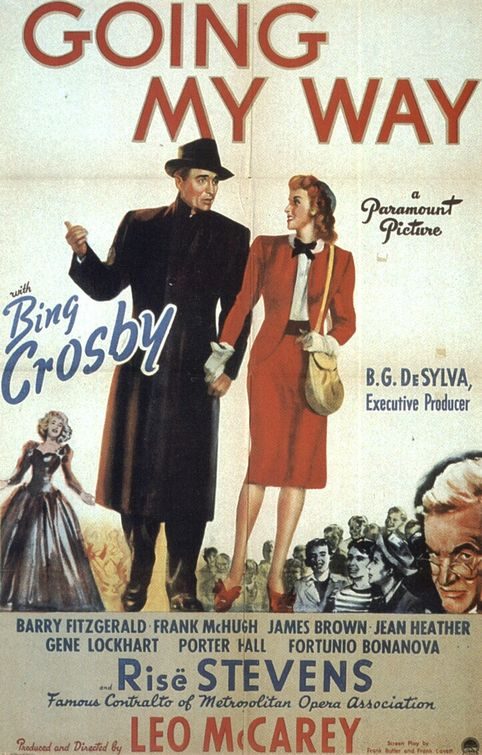YouTube wants in on the TV business, according to top YouTube exec Andreas Briese.
“YouTube can be a partner to your business and boost your business. YouTube can be a partner to engage with new audiences, to unlock new revenue streams and also innovate,” he said at the NATPE Budapest 2025 meeting last week, emphasizing its potential for advertisers.
Briese believes this move would make sense, especially since YouTube is already the most watched streaming service, even on TVs.
“Television became the leading device of YouTube in the U.S.,” he said. “It’s the most watched streaming service on TV devices, ahead of Netflix, Prime, Hulu, etc. We know in many other markets that is also the case. YouTube is currently serving 1 billion hours of TV watch time a day.”
Related: 2 Billion People Watch YouTube a Month
He also noted that half of time watched on YouTube is spent on videos 20 minutes or longer, supporting YouTube’s desire for long-form content.
In the streaming space, YouTube accounts for the highest number of views, boasting 12.5% for the month of May. Netflix follows at 7.5%. In fact, YouTube’s viewership seems to be rising. In January 2025, it pulled 10% of monthly TV viewing by distributor, falling behind Disney. With its growing viewership, though, it makes sense that the company feels positive about venturing into more long-form content.
Another thing that sets YouTube apart is its that creators and partners can make money on it as well.
“We share revenues with our partners — that’s the bread-and-butter business of YouTube,” said Briese. “What is important to understand is revenues do not scale with views on our platform, they scale with watch time.”
He added, “The more content is watched, the more we are able to sell ad breaks before and in between your content. And this is why watch time is really, really important.”
YouTube may now be worth around $55o billion, according to recent comps, making it a key player in the industry.
“YouTube has the potential to become the central aggregator for all things professional video, positioning itself to capture a share of the $85 billion consumer Pay TV market and the ~$30 billion streaming ex. Netflix market in the U.S.,” said Michael Nathanson of MoffettNathanson.
Time will tell if YouTube decides to take a more targeted approach into the streaming space, but one thing is certain: at this moment, the future for the platform looks very bright.
Read Next: A Look at YouTube 20 Years After Its Launch


 - Content:
- Content: 

